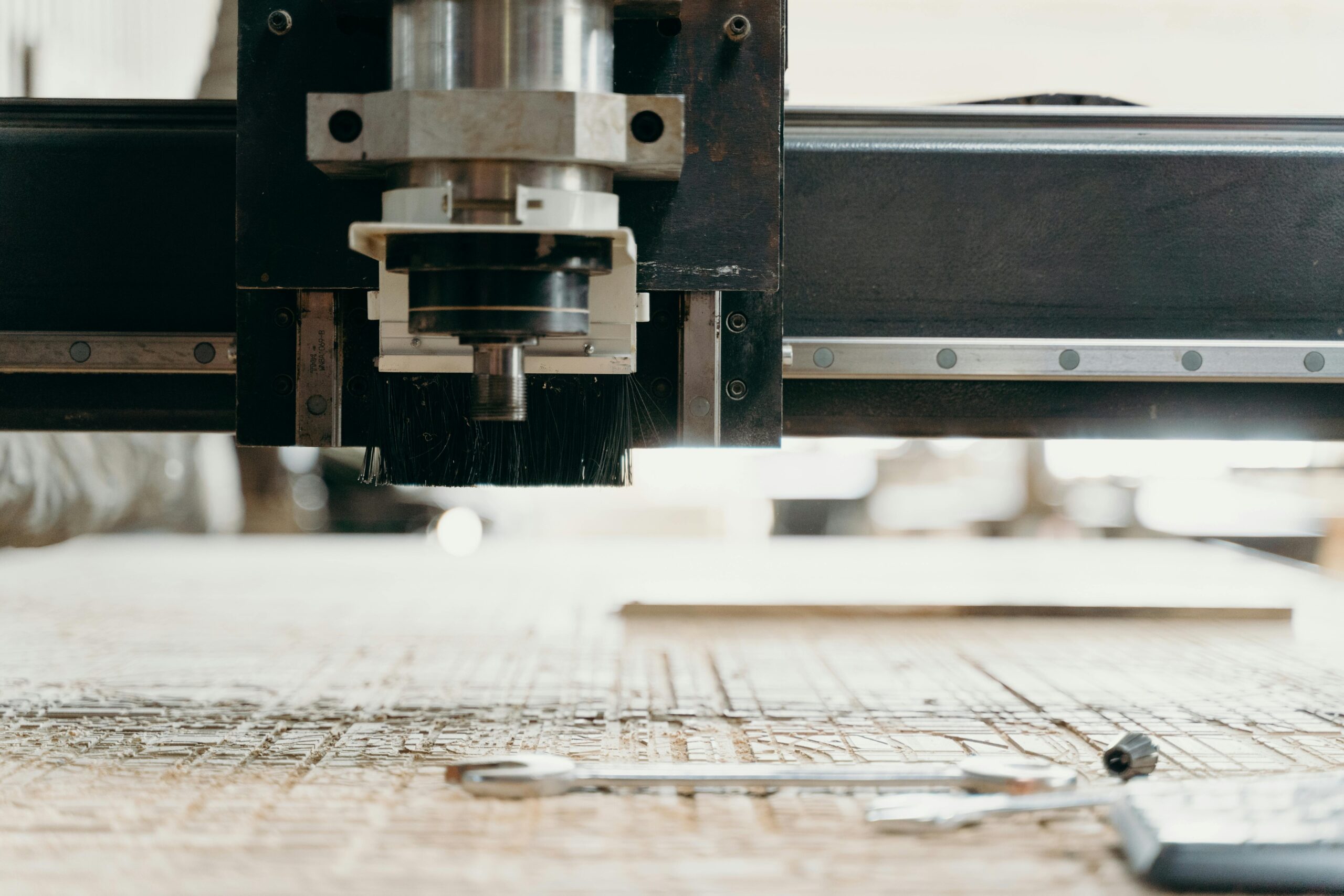You may also like

Laser cutters, with their ability to make precise cuts on a wide variety of materials, have revolutionized the way we approach cutting and engraving projects. To make the most of these machines, it’s essential to understand and master the art of cutting with laser cutters. Below, we will explore in detail some essential tips that will help you perfect your skills and achieve optimal results.
1. Understand Your Machine:
Familiarizing yourself with your laser cutter is the first step in mastering its use. In addition to reading the user manual, consider conducting small tests to fully understand its capabilities and limitations. Learn to calibrate the machine properly to ensure accuracy in every project.
Explore the specific functions of your laser cutter, such as the ability to perform vector and raster cuts. Understanding how to adjust power, speed, and frequency will allow you to adapt to different materials and optimize the quality of your cuts.
2. Material Selection:
The versatility of laser cutters allows you to work with a wide range of materials, from paper to acrylic and metal. However, it is crucial to select materials that are compatible with your machine and understand how they react to laser exposure.
Some laser cutters may not be suitable for materials that emit toxic gases during cutting. Familiarize yourself with the manufacturer’s recommendations and work in a well-ventilated environment if necessary. Additionally, adjust the machine settings according to the material you are using for the best results.
3. Design Preparation:
Careful design preparation is crucial for the success of any laser cutting project. Use CAD software to create precise files that fit the dimensions and specifications of your machine. Clearly define cutting and engraving areas, and ensure that the design is scalable to accommodate different material sizes.
Explore advanced features of the software that allow for detailed adjustments, such as kerf compensation (cut width) to achieve more accurate results. Well-prepared design is the foundation for quality laser cutting.
4. Speed and Power Settings:
Adjusting the speed and power of the laser cutter is an art in itself. Conduct tests on sample materials to determine the ideal combination of speed and power. Too high a speed can compromise the quality of the cut, while insufficient power may not cut the material effectively.
Additionally, consider the density and thickness of the material. Denser materials may require different settings to achieve clean and efficient cuts. Experimentation and fine-tuning are key to perfecting this phase.
5. Focus and Focal Distance:
Proper focus is essential for obtaining precise and detailed cuts. The correct distance between the laser and the material varies depending on the material thickness and the characteristics of the laser cutter.
Consider using specific measuring tools to ensure accurate focus. Make adjustments as necessary and regularly check that the focus is well calibrated to maintain cut quality over time.
6. Use of Jigs and Templates:
For more complex projects, such as small pieces or intricate designs, the use of jigs and templates can make a significant difference. Jigs, small leftover pieces of material, prevent cut pieces from moving during the process, ensuring greater accuracy.
Templates are particularly useful for projects that require repetitive cuts. By creating a precise template, you can achieve consistent cuts without having to measure and mark each piece individually.
7. Regular Maintenance:
A well-maintained laser cutter ensures consistent results and prolongs the machine’s lifespan. Regularly clean the lenses and mirrors to prevent the accumulation of residues that may affect cut quality. Check and adjust belts and gears as needed to maintain machine accuracy.
Additionally, pay attention to the alignment of mirrors and the worktable. Any misalignment can negatively impact cut quality. Regular maintenance is essential to ensure that the laser cutter operates optimally.
8. Testing and Prototyping:
Before committing to a major project, conduct tests on similar materials to evaluate the laser cutter’s settings. This allows you to adjust any necessary parameters and ensure a satisfactory final result.
Prototyping also provides an opportunity to visualize the project before using the main material. You can identify potential issues and make adjustments to the design or machine settings before making cuts on the final material.
9. Safety First:
Safety should always be a priority when working with laser cutters. Use appropriate safety glasses to protect your eyes from laser radiation. Additionally, ensure that the workspace is free of obstructions and follow all safety guidelines provided by the manufacturer.
Invest in quality personal protective equipment, such as heat-resistant gloves, to prevent burns when handling hot materials. A conscientious approach to safety is essential to ensure a safe and productive working environment.
10. Explore New Possibilities:
Once you have mastered the basics of laser cutting, feel free to experiment and explore new creative possibilities. Laser cutters are incredibly versatile tools that can be used for a variety of projects, from art to prototyping.
Consider combining materials or using advanced cutting and engraving techniques to create unique effects. Stay informed about software and hardware updates that may enhance the capabilities of your laser cutter. Creativity knows no bounds in the exciting world of laser cutting!